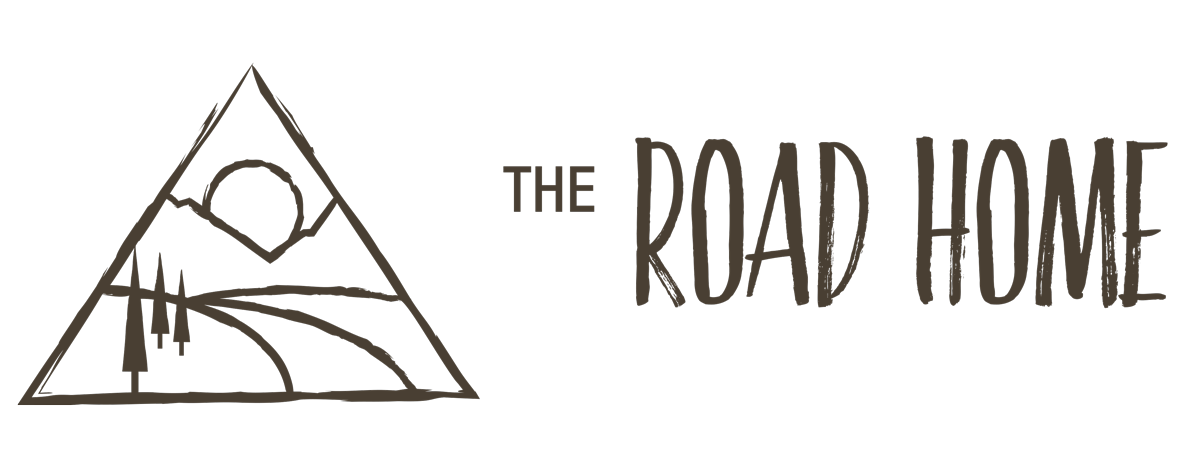Acupuncture
Acupuncture involves the insertion of very fine, pre-sterilized, single-use needles into specific points on the body.
These points have been mapped by the Chinese for more than 2,000 years, and more than 1,000 of them are known.
Acupuncture points are generally located along twelve main pathways, or meridians, that run throughout the body, and act as gateways to the vital breath, or qi (pronounced “chee”), that flows along these pathways. Health, on a very basic level, is defined by the continuous and unobstructed flow of this qi, while disease is defined by its irregular and obstructed flow.
Health is synonymous with balance, and disease with imbalance. The aim of acupuncture is to access and influence the qi, with a number of acupuncture needles at specific points on the body, to restore balance.
The sensation you may experience from an acupuncture needle can vary widely: you may feel nothing at all or you may feel something like a quick pinch or tingle, spreading warmth, or a heavy, dull ache. During your treatment, I will continuously communicate with you to ensure that you are comfortable with the sensations you are experiencing.
I currently provide private acupuncture sessions.
**If you are interested in, or used to receiving, group acupuncture sessions, please feel free to contact me to discuss whether this might be a possibility.
Private Acupuncture
Your private session will take place in your own room. My patients who prefer private acupuncture have reported better results from their private treatments, in part, because of the flexibility in treatment composition and the additional modalities available in an individual setting. For example, we might decide to do the acupuncture with you lying face-down first, let you rest for a few minutes, then come back and reevaluate, and decide to do some additional acupuncture with you lying face-up.
Your private acupuncture session may also involve the use of moxibustion, cupping, or dietary and lifestyle counseling:
Moxibustion (or moxa) is a form of heat therapy that involves burning an herb over a specific point or points to expel cold and warm the meridians.
Cupping is the application of pre-sterilized glass cups to a specific region of points to remove stagnation and facilitate the flow of qi and blood.
Dietary and lifestyle counseling involve a conversation around how the food you regularly consume and the various components of your lifestyle — sleep, exercise, work/life balance — directly influence/are reflected in the state of your health: body, mind, and spirit.



